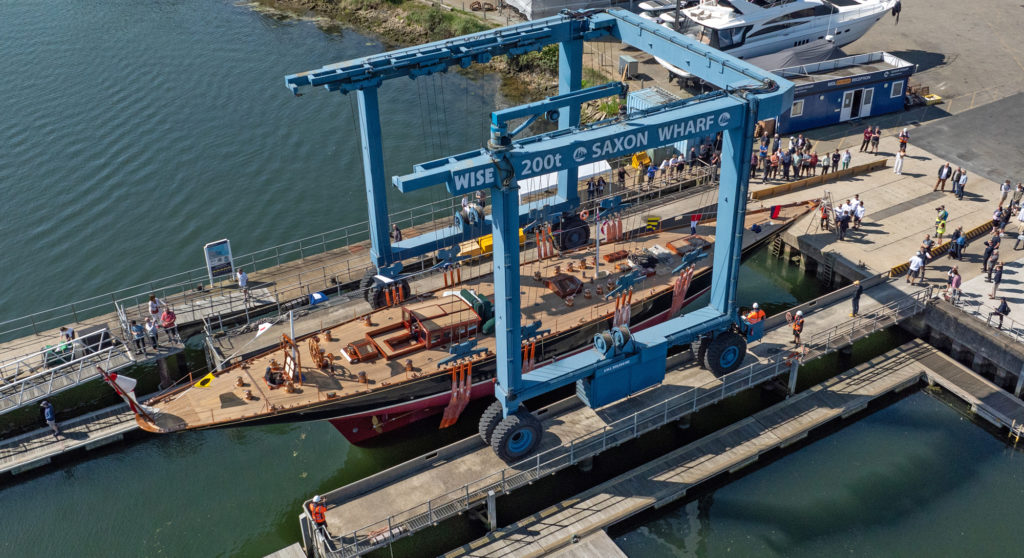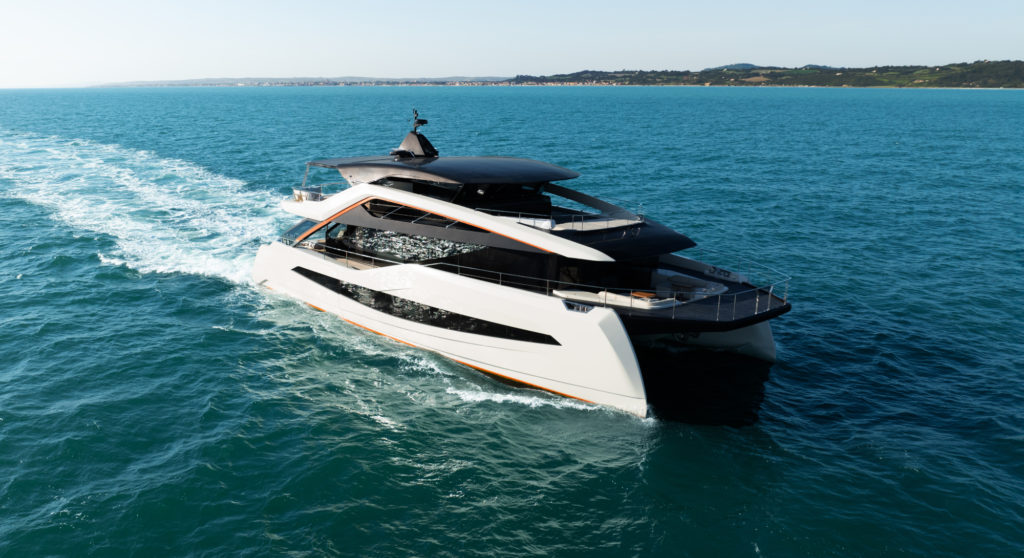Superyachts regardless of size typically have a substantial amount of wood aboard, from paneling to flooring and decking. A new initiative, Yachting for Forests, is encouraging designers, builders, suppliers, and ultimately owners to be more mindful of responsible sourcing. It’s encouraging the industry not only to set standards, but also to show the larger maritime world how it can follow suit.
Yachting for Forests comes from the Forest Stewardship Council (FSC). FSC is an international non-profit promoting responsible management of the world’s forests via timber certification. Already, some yachting stakeholders avoid controversial or illegal products, like teak from Myanmar. The United States and European Union have each banned teak imports from there, since it’s a major source of income for the country’s military regime. However, some suppliers do still buy it. Additionally, a significant amount of wood overall still goes into creating yacht components like masts, besides the interiors. Yachting for Forests wants the industry to ensure it knows the origin of the wood, and whether it’s further sustainable. Otherwise, the supply chain could negatively impact not just the forests but also the people living and working there.

Yachting for Forests is both a pact and a resource. The pact establishes sustainability goals for buying and using woods. As a resource, it provides a list of industry suppliers who follow proper practices. Kristian Jørgensen, technical advisor at FSC Denmark, says the initiative encourages businesses to set targets. The FSC will provide support in the form of guidance and advice. He adds that FSC anticipates yachting’s actions will influence the millions of commercial ships and shipbuilders, too. “Yachts are an extreme luxury product, but the industry is also an important sector in the innovation of new and greener solutions for the shipbuilding industry in general,” Jørgensen says.

Among the solutions the FSC expects Yachting for Forests to promote are alternatives to teak. Jørgensen calls the wood “the Achilles’ heel of the industry.” The good news, though, is that “FSC can bring together operators and show the market what is possible,” he continues.
“When FSC works on the development of policies in a sector, our experience shows that the best way to motivate people is by being clear about the solutions that are easy and close at hand,” Jørgensen notes. “But we also have to identify better and longer-term solutions.”
Yachting for Forests yachtingforforests.com










Leave a Reply